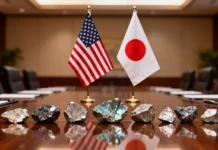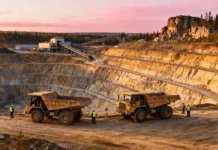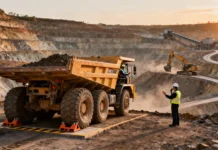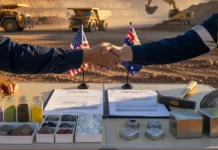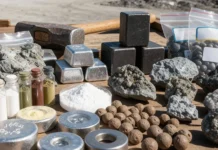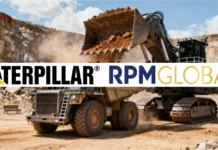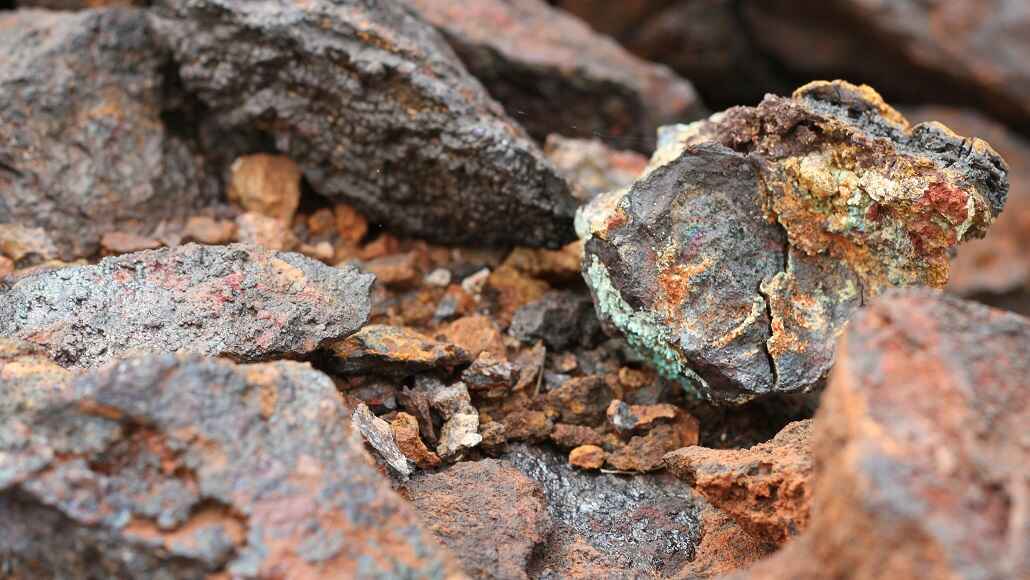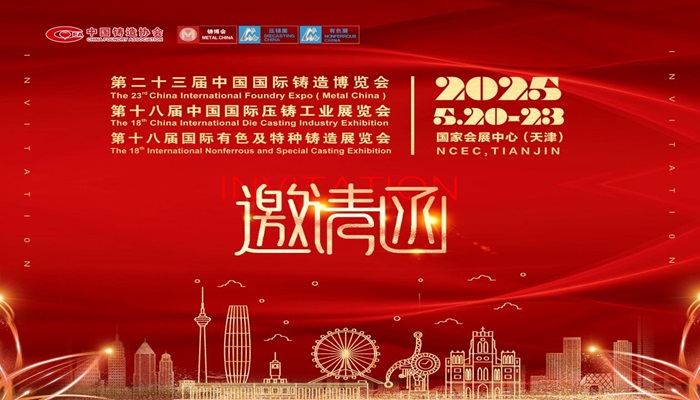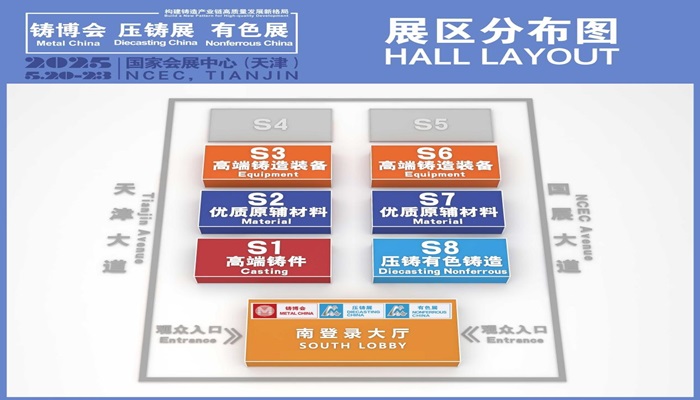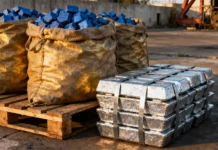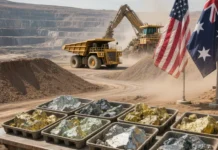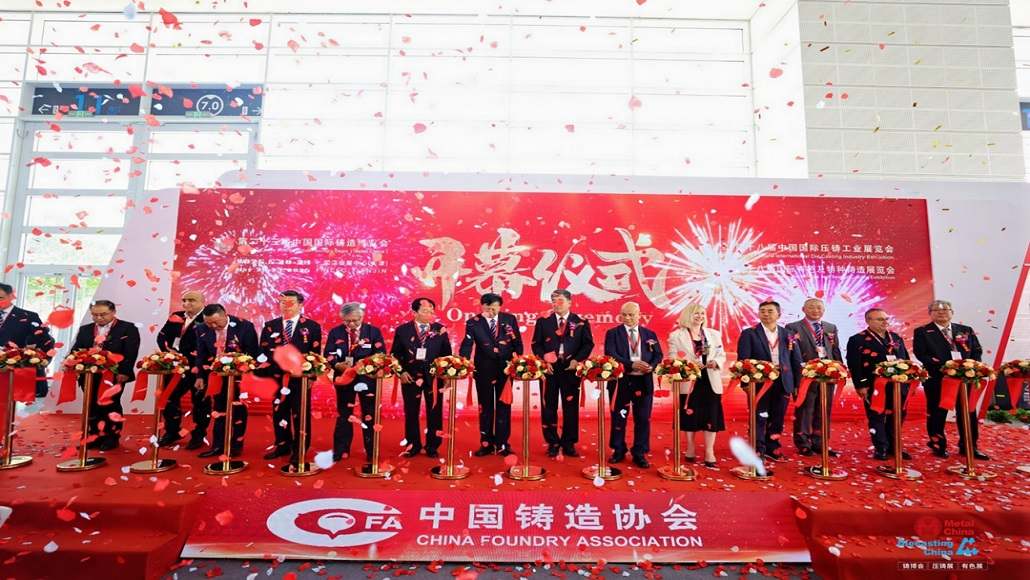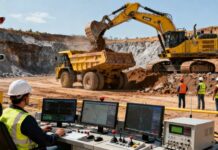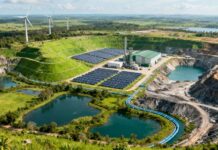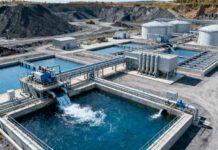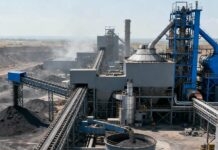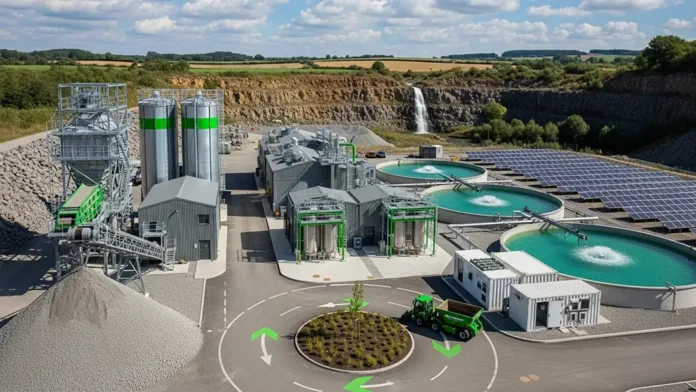The mining industry stands at a crucial crossroads where environmental stewardship meets operational excellence. As global mineral demand soars to unprecedented heights, the implementation of zero-waste mineral processing has evolved from an aspirational concept to an operational imperative that defines the future of sustainable mining operations.
Zero-waste mineral processing represents a paradigm shift that fundamentally transforms how mining companies approach resource extraction and waste management. This comprehensive approach seeks to eliminate waste generation entirely by ensuring every extracted material serves a productive purpose, whether as primary product, secondary resource, or construction material input.
The Foundation of Circular Mining Solutions
The transition toward zero-waste mineral processing builds upon circular mining solutions that reimagine traditional linear extraction models. Instead of following the conventional “extract-use-dispose” methodology, modern operations embrace continuous material loops where tailings become feedstock for secondary recovery processes and waste rock transforms into valuable construction aggregates.
Recent industry developments demonstrate remarkable progress in this transformation. Mining operations now recover previously discarded materials, with copper mine waste reprocessing yielding an additional thirty percent recovery potential – sufficient to meet global copper demand for seven decades. This dramatic improvement stems from advanced separation technologies, enhanced flotation processes, and sophisticated chemical extraction methods that unlock value from previously considered waste streams.
The circular approach extends beyond immediate waste reduction to encompass comprehensive ecosystem restoration. Operations increasingly integrate bioremediation techniques using specialized microorganisms and carefully selected vegetation to neutralize contaminated materials while generating productive land use opportunities. These biological treatment methods convert hazardous tailings into inert materials suitable for safe storage or alternative applications.
Advanced Tailings Repurposing in Mining
Tailings repurposing in mining has emerged as a cornerstone technology for achieving zero-waste objectives. Modern processing facilities deploy sophisticated reprocessing equipment designed specifically for extracting residual minerals from legacy tailings deposits. These installations utilize cutting-edge magnetic separation, gravity concentration, and flotation technologies to recover valuable metals that previous extraction methods missed.
The economic implications of tailings repurposing extend far beyond immediate resource recovery. Industry analyses suggest the untapped value within global mine tailings exceeds $3.4 trillion, representing massive opportunities for revenue generation while simultaneously reducing environmental liabilities. This dual benefit creates compelling business cases for investing in advanced reprocessing infrastructure.
Implementation strategies vary according to specific tailings characteristics and local market conditions. Some operations focus on recovering precious metals using enhanced cyanide leaching techniques, while others prioritize base metal extraction through improved flotation circuits. The most successful programs combine multiple recovery methods to maximize overall material utilization while minimizing chemical consumption and environmental impact.
Green Mineral Processing Technologies
Green mineral processing technologies form the technological backbone of zero-waste implementations. These innovations prioritize environmental compatibility while maintaining operational efficiency and economic viability. Contemporary processing plants integrate renewable energy sources, closed-loop water systems, and biodegradable chemical alternatives to minimize their environmental footprint.
Energy efficiency improvements represent a primary focus area within green mineral processing. High-pressure grinding rolls, advanced crushing circuits, and optimized comminution systems reduce energy consumption per ton of processed material by twenty to thirty percent compared to conventional alternatives. These efficiency gains directly translate to reduced greenhouse gas emissions and lower operational costs.
Water management innovations play equally important roles in sustainable processing operations. Zero liquid discharge systems, advanced water recycling technologies, and closed-loop processing circuits minimize freshwater consumption while preventing contaminated water discharge. Some installations achieve water recycling rates exceeding eighty percent, dramatically reducing their impact on local water resources.
Chemical reduction strategies focus on replacing traditional reagents with environmentally compatible alternatives. Bio-leaching processes utilize naturally occurring microorganisms to extract metals without harsh chemical solvents, while ionic liquid extraction methods provide highly selective separation capabilities with minimal environmental impact.
Sustainable Mining Techniques Implementation
Successful zero-waste mineral processing requires comprehensive integration of sustainable mining techniques throughout the entire operation lifecycle. This holistic approach begins with resource characterization using advanced geological modeling and continues through extraction, processing, and site rehabilitation phases.
Modern resource characterization employs artificial intelligence algorithms combined with extensive geological databases to optimize extraction planning. These systems identify optimal processing routes for different ore types while predicting waste generation patterns and planning appropriate management strategies. Predictive modeling enables operators to design processing circuits specifically tailored to maximize resource recovery while minimizing waste generation.
Extraction methodology selection significantly impacts overall waste generation potential. In-situ leaching techniques extract valuable minerals without removing ore from underground deposits, eliminating traditional tailings generation entirely. Where conventional mining remains necessary, precision blasting and selective mining techniques concentrate valuable minerals while reducing waste rock generation.
Processing circuit optimization represents another crucial element in sustainable technique implementation. Advanced process control systems continuously monitor ore characteristics and adjust processing parameters to maximize recovery while minimizing reagent consumption. These intelligent systems reduce processing waste by optimizing grinding efficiency, flotation performance, and chemical utilization.
Mineral Processing Waste Reduction Strategies
Comprehensive mineral processing waste reduction strategies encompass both technological innovations and operational methodology improvements. These integrated approaches target waste reduction at every processing stage, from initial ore preparation through final product refinement.
Pre-concentration technologies eliminate low-grade material before expensive processing stages, reducing overall waste volumes while improving processing efficiency. Sensor-based ore sorting systems utilize X-ray transmission, optical sorting, and artificial intelligence analysis to separate waste rock from valuable ore with remarkable precision. These systems can reject up to sixty percent of waste material before grinding and flotation stages, dramatically reducing subsequent processing costs and waste generation.
Advanced flotation circuit designs maximize valuable mineral recovery while minimizing chemical consumption and tailings production. Multi-stage flotation systems with optimized reagent addition programs achieve recovery rates exceeding ninety-eight percent for many mineral systems. These high-efficiency circuits reduce both material waste and chemical waste streams.
Hydrometallurgical processing innovations provide alternative extraction pathways that generate minimal solid waste. Pressure leaching, bio-oxidation, and advanced solvent extraction systems offer highly selective mineral recovery with reduced environmental impact compared to traditional pyrometallurgical approaches.
Process integration strategies combine multiple waste reduction techniques into comprehensive zero-waste systems. Integrated facilities process various waste streams through different recovery circuits, ensuring maximum material utilization. Heat integration systems recover thermal energy from processing operations to power other facility components, reducing overall energy consumption and waste heat generation.
Economic and Environmental Benefits
The economic advantages of zero-waste mineral processing extend well beyond immediate cost savings to encompass long-term competitive positioning and risk mitigation. Operations implementing comprehensive waste reduction programs typically experience operational cost reductions of twenty to forty percent through improved resource utilization and reduced waste management expenses.
Revenue diversification represents another significant economic benefit. Secondary product streams from waste processing operations often generate substantial additional income. Construction aggregate sales from processed waste rock, rare earth element recovery from legacy tailings, and metal recovery from electronic waste recycling create multiple revenue sources that enhance overall project economics.
Risk mitigation benefits include reduced environmental liability exposure, improved regulatory compliance positioning, and enhanced social license maintenance. Zero-waste operations experience fewer environmental incidents, face reduced closure costs, and maintain better relationships with local communities and regulatory agencies.
Environmental benefits encompass ecosystem protection, resource conservation, and climate change mitigation. Zero-waste processing eliminates traditional tailings dam requirements, reducing catastrophic failure risks and long-term environmental monitoring obligations. Reduced freshwater consumption protects local water resources, while lower energy consumption per ton of processed material contributes to climate change mitigation objectives.
Implementation Challenges and Solutions
Despite compelling benefits, zero-waste mineral processing implementation faces several significant challenges that require careful consideration and strategic planning. Technical complexity represents perhaps the greatest implementation barrier, as zero-waste systems require sophisticated integration of multiple processing technologies and extensive process optimization.
Capital investment requirements for comprehensive zero-waste systems typically exceed conventional processing facilities by thirty to fifty percent. However, these higher initial investments are generally offset by operational savings and additional revenue streams within five to seven years of operation.
Workforce development needs represent another implementation challenge, as zero-waste processing requires specialized technical expertise in multiple processing disciplines. Training programs, technology partnerships, and phased implementation strategies help address these workforce development requirements.
Regulatory framework evolution continues as government agencies adapt existing regulations to address innovative processing technologies and waste management approaches. Proactive engagement with regulatory agencies during project planning phases helps ensure compliance with emerging regulatory requirements.
The pathway toward zero-waste mineral processing represents both a technological achievement and a fundamental shift in mining industry philosophy. As resource scarcity increases and environmental expectations intensify, operations that successfully implement comprehensive zero-waste approaches will establish competitive advantages that extend far beyond immediate operational benefits.
Through strategic integration of advanced technologies, innovative processing techniques, and comprehensive waste management strategies, the mining industry continues its evolution toward truly sustainable resource extraction. Zero-waste mineral processing stands as both destination and journey – a continuously improving approach that transforms mining from resource extraction to comprehensive material stewardship.
This transformation requires commitment, investment, and expertise, but delivers returns that encompass financial performance, environmental protection, and social responsibility. As these technologies mature and implementation costs decrease, zero-waste mineral processing will transition from innovative practice to industry standard, defining the future of sustainable mining operations worldwide.


